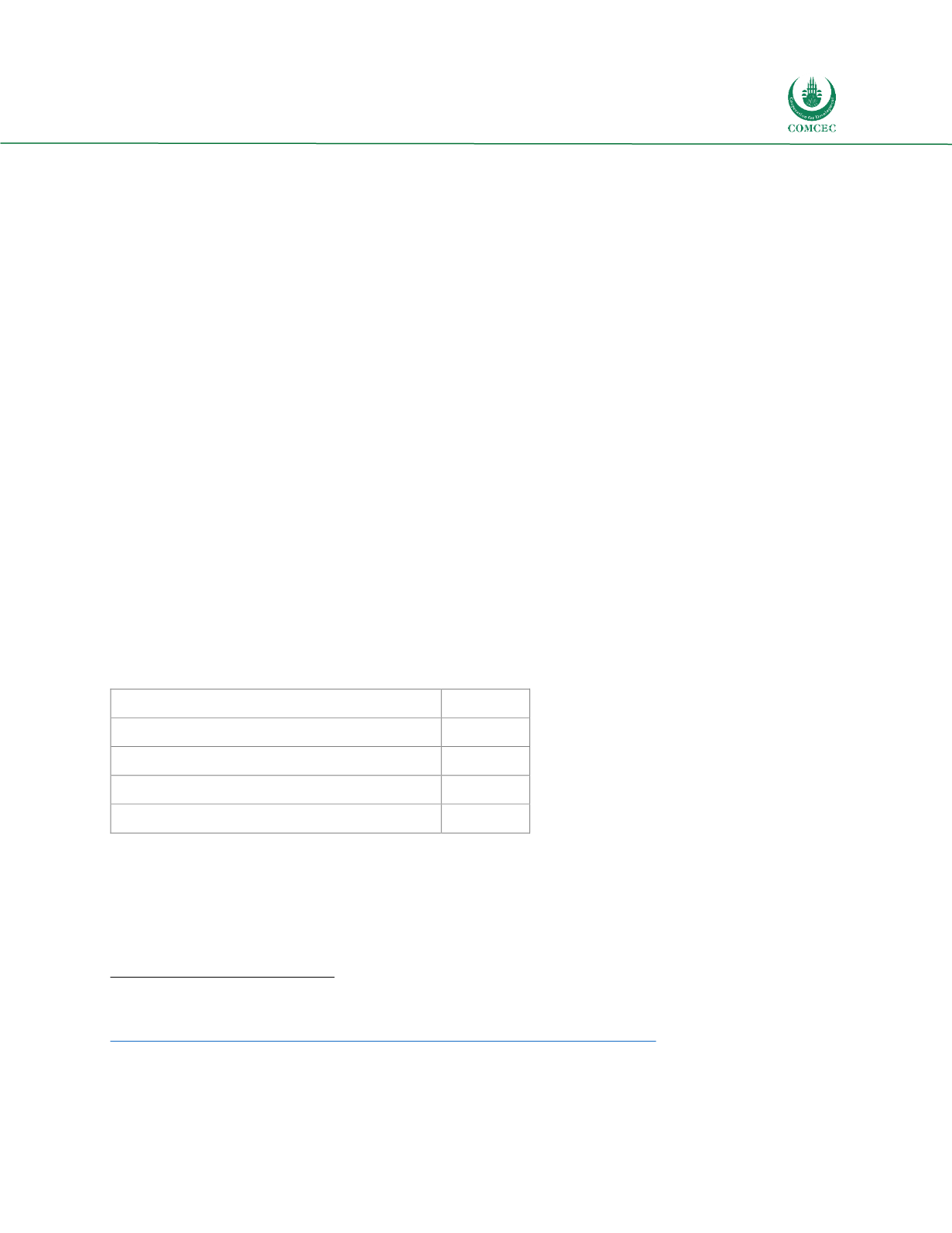

Destination Development and
Institutionalization Strategies
In the OIC Member Countries
105
4.2.2 Italy
Background
Italy, as a destination, has traditionally used art as a differentiator for its branding, building on its history
and cultural resources. Italy has 45 United Nations World Heritage sites, including the Coliseum in Rome,
the Costiera Amalfitana in the South besides historic areas in many other Italian cities in addition to
archeological sites such as Pompeii, the Roman Forum, and the Greek ruins in Agrigento. Italy also has a
mix of natural resources, including coastlines and ski runs, offering a variety of activities that can satisfy
different types of tourists. The food and wine industry also support the growth of Italy’s tourism sector.
Italian cuisine is recognized internationally and Italy is second only to France in terms of the number of
Michelin rated restaurants. Certain regions, like Tuscany, have managed to create a niche market and
attract those interested in agricultural tourism.
321
In 2015, the tourism sector contributed 171 billion Euro to the Italian economy, constituting around 11.8%
of GDP, while employment in tourism sector reached 12.8%. Overall arrivals in Italy, from Italian and
international destinations, increased by 11% between 2010 and 2015. More than 60% of international
arrivals target four regions: Veneto, Lombardy, Tuscany and Lazio. In 2015,
322
international arrivals
exceeded 50 million. The World Economic Forum Travel and Tourism Competitiveness Report of 2017
ranked Italy in the 8
th
place globally. This position is mainly due to its high ranking in terms of unique
cultural (5th) and natural resources (12th) besides its well-developed tourism infrastructure (11th).
Italy’s ground infrastructure has improved (22nd, up 10 places) as well as the qualifications of its human
resources (67th, up 8). However, government support for the tourism industry is lagging (74
th
) in addition
to a non-favorable business environment (121st), with slow procedures for construction permits (114th),
inefficient legal framework (134th) and high business taxation (125th).
323
Table 17: Italy Competitiveness Statistics
324
International tourist arrivals (million)
50.7
International tourism inbound receipts (million) $39,449
Average receipts per arrival
$779.6
Travel and Tourism% of GDP
4.2
Travel and Tourism employment (%)
5.0
Source: UNWTO 2017 Travel and Tourism Competitiveness Annual Report
Destination Development Institutional Strategies
The focus of this case study is two local DMOs in the region of South Tyrol. South Tyrol is recognized as an
alpine destination offering a variety of sports activities from mountain climbing and hiking in summer to
skiing in winter. The destination also attracts food and wine tourism.
325
To strengthen the regional “South
321
Babalola, A., Bennis, K., Caltigirone, M., Manjarrez, J. L., & Tanizawa, A. (2011).
Tourism Cluster in Italy.
(1-28, Rep.). Retrieved from
https://www.isc.hbs.edu/resources/courses/moc-course-at-harvard/Documents/pdf/student-projects/Italy_Tourism_2011.pdf322
Ministry of Cultural Activities and Tourism . (2017). Strategic Plan for Tourism 2017-2022. Retrieved from
http://www.pst.beniculturali.it/wp-content/uploads/2017/07/Executive-Summary_ENG_web_def.pdf323
World Economic Forum. (2017).
Travel and Tourism Competitiveness Report 2017
(Rep.).
324
United Nations World TourismOrganization. (2017)
Travel and Tourism Competitiveness Annual Report.
(Rep.).
325
Sidali, K., Huber, D., & Schamel, G. (2017). Long-Term Sustainable Development of Tourism in South Tyrol: An Analysis of Tourists’
Perception.
Sustainability
, 9(10), 1791. doi:10.3390/su9101791.
















